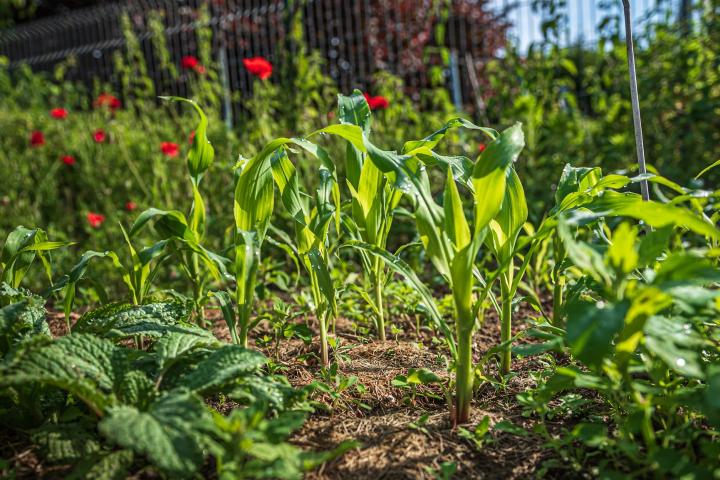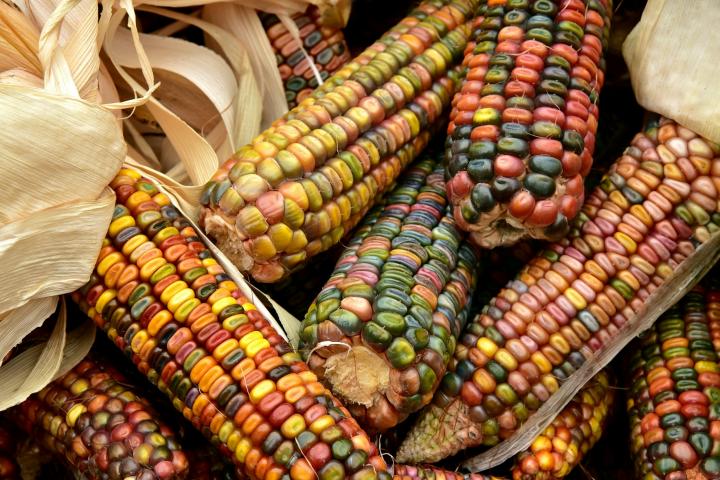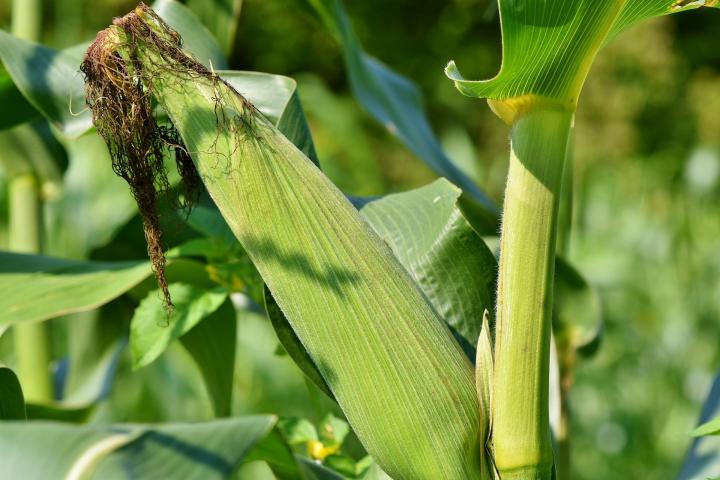
Planting, Growing, and Harvesting Sweet Corn
- If too much hot pepper or spice has been added to a soup or stew, adding a can of sweet corn can help.
- Popcorn is also a favorite snack if you have leftover kernels. Learn how to make homemade popcorn here.
ADVERTISEMENT
All in the article is well and good...BUT what about the GMO corn that does not have a natural taste ?? The artificial over sweer sugar taste that makes some of us nausiated after 2 bites as opposed to heirloom corn. All of the corn at the supermarket and many farm produce stands is GMO corn and the GMO corn is un natural and has a strange taste
When starting any plants off from seed why not use cardboard or paper containers such as paper cups (you can buy 50 or more new cups for only a few dollars). Place a few holes into the base of the cup or cardboard container for drainage. The container with the single seedling can then be planted directly into the ground without disturbing the roots. The cardboard or paper container will decompose into the soil adding nutrients back into the soil. You can clearly mark each cup or container directly onto the side with any information you need, Date, variety etc. Happy planting.
Thanks for the excellent growing tips for corn. I live in zone 7a and was surprised to see the planting times. I realize it's a guide but would stress to others that average soil temps should determine actual planting dates. I rarely plant corn before mid may. Last year with the sugar enhanced variety it was May 28th, which according to my log is the latest planting in 30 years of growing corn.
Starting earlier when the soil is cooler than optimal has no advantage and may have the opposite effect when the weather is cool and wetter than normal. Thanks again.
The basic information provided on sweet corn its verities and farming is enlightened indeed.
Thank you from Solomon Islands South Pacific Ocean.
My corn has extra large kernels. Wondering why?












Comments